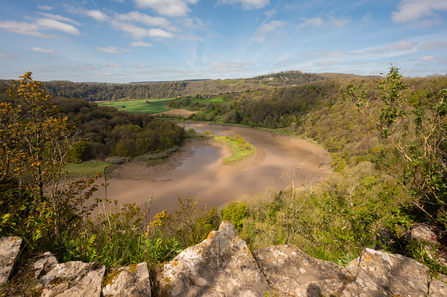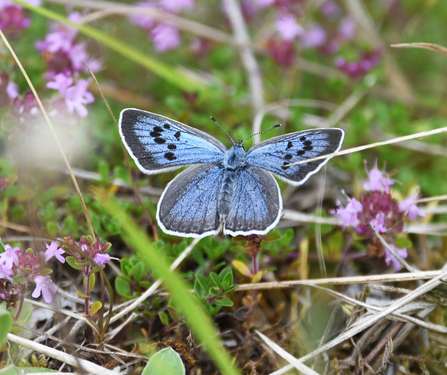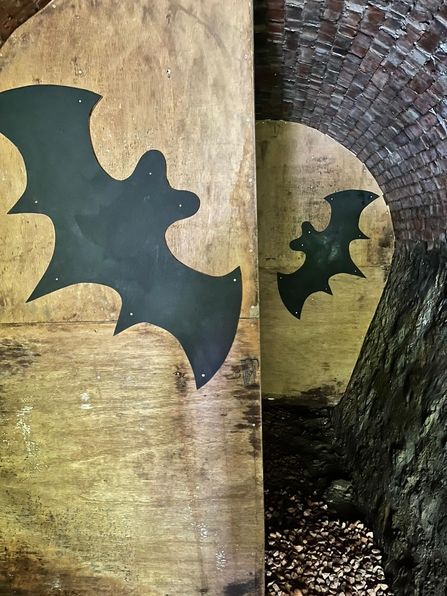July is my last month working as a Wild Trainee with GWT. Taking the option of a work placement year as part of a Zoology degree with Hartpury University, my Wild Traineeship has allowed me to have the most amazing experience, where I have learnt a huge amount from my mentor and the rest of the staff at GWT. Everyone has been so keen to help and give us as much knowledge, training and hands on experience as possible.
This opportunity has given me a thorough understanding and appreciation of the work involved in the preservation, enhancement and recreation and reconnection of Gloucestershire’s wild places. I have also chosen to undertake my research project for my undergraduate dissertation whilst working for GWT and have been collecting data on wild brown hares at Coombe Hill nature reserve.
I was based with the West Team at Tidenham Chase, but we covered a number of reserves and habitats including heathlands at Woorgreens, diverse woodlands and cliffs at Lancaut, wetlands at Coombe Hill, scrub and heathlands at The Park and wildflower meadows at Clarke’s Pool Meadow.









